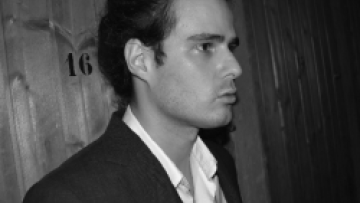16:30
A unified theory of lower Ricci curvature bounds for Riemannian and sub-Riemannian structures
Abstract
The synthetic theory of Ricci curvature lower bounds introduced more than 15 years ago by Lott-Sturm-Villani has been largely succesful in describing the geometry of metric measure spaces. However, this theory fails to include sub-Riemannian manifolds (an important class of metric spaces, the simplest example being the so-called Heisenberg group). Motivated by Villani's ``great unification'' program, in this talk we propose an extension of Lott-Sturm-Villani's theory, which includes sub-Riemannian geometry. This is a joint work with Barilari (Padua) and Mondino (Oxford). The talk is intended for a general audience, no previous knowledge of optimal transport or sub-Riemannian geometry is required.


